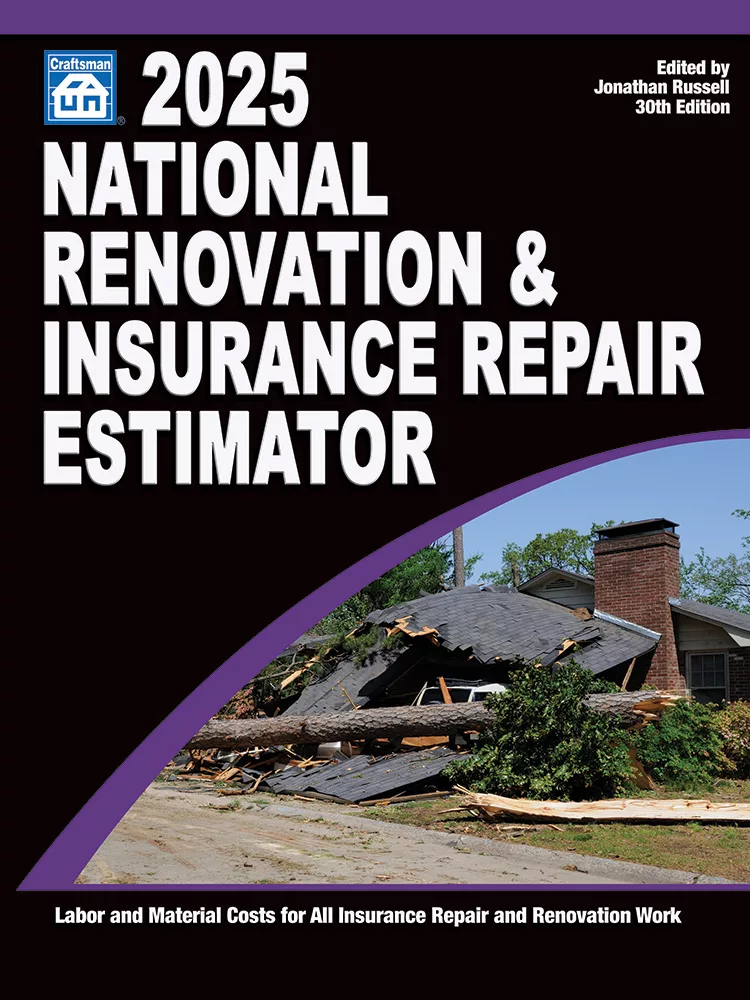Floodwaters Strike Hard at Pennsylvania College
In September 2011, approximately 30,000 square feet of water from the Schuylkill River damaged areas at Reading Area Community College in Reading, Penn.

In September 2011, approximately 30,000 square feet of water from the Schuylkill River damaged areas at Reading Area Community College in Reading, Penn. Up to a foot of water pushed through a four-story academic building, a warehouse, and carpentry and maintenance buildings. The majority of the flooding and water damage occurred throughout basement and first floor levels.
Large-loss specialists Paul Davis National provided building restoration, drying and stabilization services along with reconstruction work According to Howland “Howdy” Russell, Paul Davis National co-owner, the company served as the general contractor and provided restoration technicians along with a team of subcontractors for the project.

The crews provided structural clean-up, restoration and emergency mitigation services, repairs and reconstruction. The project was completed for the returning teachers and students in just three days and in time for the new semester.
Initially, Paul Davis technicians were deployed to assess the damage on Friday, Sept. 9. While four buildings were affected, one of the buildings, Penn Hall, was needed for students to use first thing the following Monday. Paul Davis’ advance team surveyed the site on Saturday to assess the equipment and manpower needs, and by Sunday, crews arrived and worked throughout the night to have Penn Hall dried, cleaned and sanitized in time for students on Monday.

At the start of the job, the buildings were closed as the flood waters receded and emergency services teams began to work around the clock while tractor trailers and hundreds of pieces of equipment were delivered and housed on-site. Equipment utilized included desiccant dehumidifiers, air movers, generators, and drying and contents processing equipment.

Technicians removed and replaced porous materials such as drywall, carpeting, and base molding which came into contact with the river water. The contaminated Category 3 water, also known as “black water” had the potential to contain contaminated agents, dangerous bacteria and various forms of fungi. Because of this, all of the affected buildings and the heating, ventilation, and air conditioning (HVAC) systems were treated with anti-microbial solutions and prepared for state officials to inspect the property before college staff and students were permitted to return to campus.
According to Russell, the loss was not conventional and the response plan had to be meticulously supervised. Paul Davis’ experience in handling large losses was an advantage on the job, plus the company’s documentation practices served as a valuable deliverable. Cost containment and technical accuracy were critical goals while managing the project.

The company’s main objective was to manage and complete the work on time while overseeing the loss site. Implementing the correct tactics and techniques in advance of implementation included a proposed plan of action to stabilize and restore the site. All appropriate parties at the college along with the insurance companies involved were aware of the proposed actions and pricing structure. This allowed the team to establish an agreed upon course of action and the work necessary to make effective and efficient decisions and ensure that all resources were in place to meet the tight deadlines.
Looking for a reprint of this article?
From high-res PDFs to custom plaques, order your copy today!




